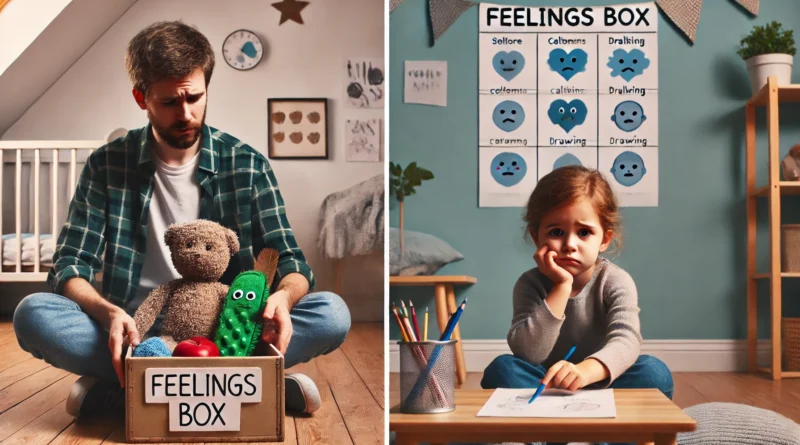How to Teach Young Children About Handling Disappointment
Disappointment is a natural part of life—and even young children face it regularly, whether it’s losing a game, missing out on a treat, or hearing the word “no.” Teaching kids how to cope with disappointment helps them build resilience, emotional strength, and a healthier mindset for the future.
Why This Lesson Matters
- Teaches emotional regulation
- Builds resilience and coping skills
- Promotes empathy and patience
- Reduces tantrums and frustration
- Encourages reflection and growth
Option 1: Acknowledge Feelings and Offer Tools
Activity Idea:
When your child is disappointed, name the feeling:
- “It’s okay to feel sad when something doesn’t go your way.”
Introduce simple tools like: - Taking deep breaths
- Hugging a comfort object
- Drawing how they feel
What Kids Learn:
- That their feelings are valid and safe to express
- How to calm themselves with simple strategies
- Emotional vocabulary and awareness
Tool Suggestion:
Create a “Feelings Box” with calming toys, drawing supplies, and emotion cards.
Option 2: Reflect and Reframe After Disappointment
Activity Idea:
Once your child is calm, help them reflect:
- “What didn’t go the way you wanted?”
- “What could we try next time?”
Use hopeful language: “We can try again tomorrow.” or “Next time might be different.”
What Kids Learn:
- That disappointment isn’t permanent
- How to shift from frustration to hope
- Problem-solving and forward thinking
Book Suggestion:
When Sophie’s Feelings Are Really, Really Hurt by Molly Bang — helps children process rejection and find confidence again.
More Ways to Support Children Through Disappointment
- Model calm reactions: Show how you handle your own small letdowns
- Praise effort, not just results: “You tried so hard, and that matters most.”
- Avoid rescuing immediately: Let them sit with the feeling while staying close
- Reinforce: “It’s okay to be sad.” Kids need to know not every moment needs to be happy
- Create rituals for coping: “When we’re sad, we take a cuddle break or go outside.”
Final Thoughts
Teaching children to manage disappointment isn’t about eliminating hard feelings—it’s about helping them navigate those feelings with strength and compassion. By acknowledging their emotions, providing calming tools, and offering perspective, you help your child build resilience that will carry them through all of life’s ups and downs.
